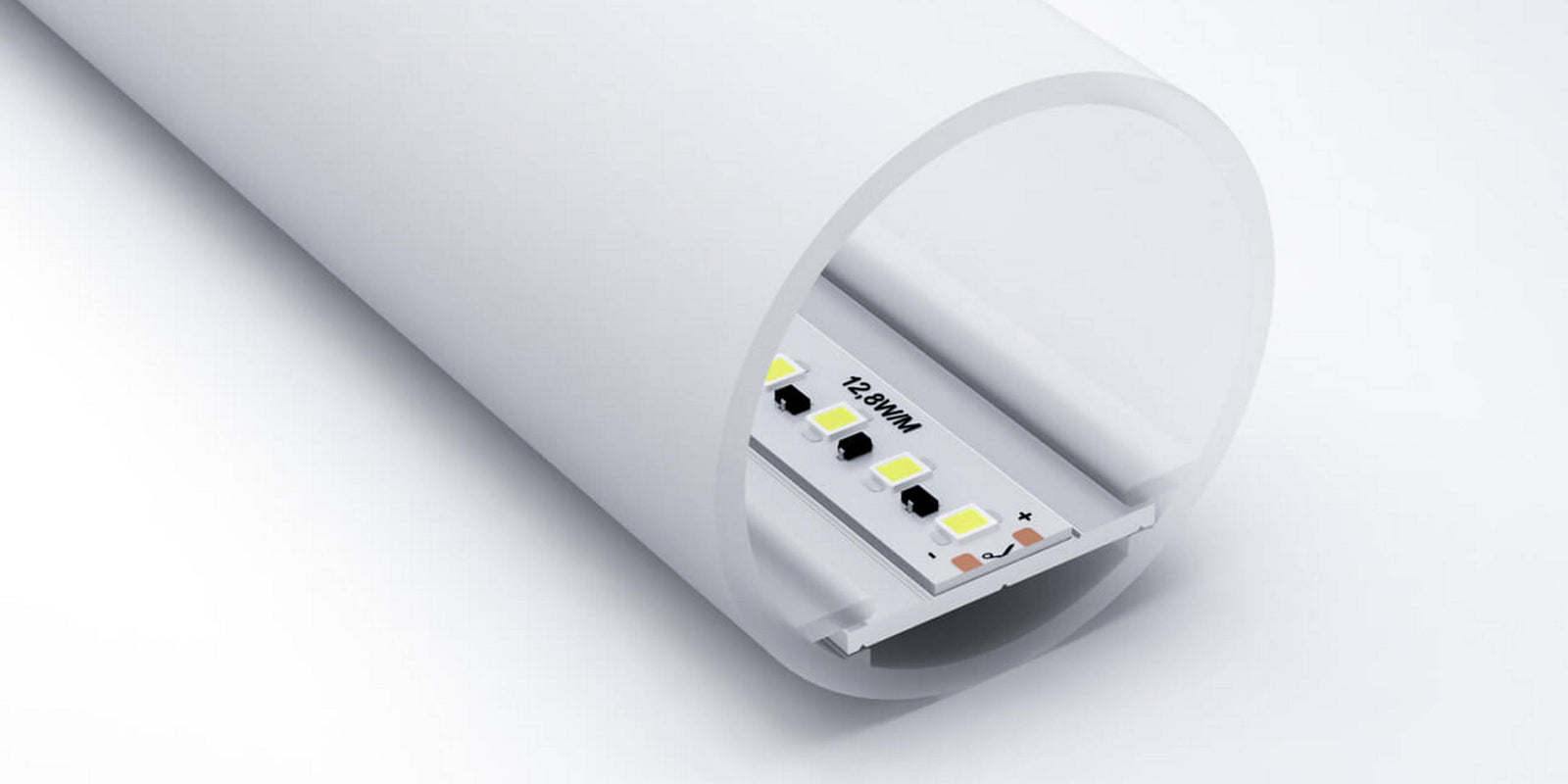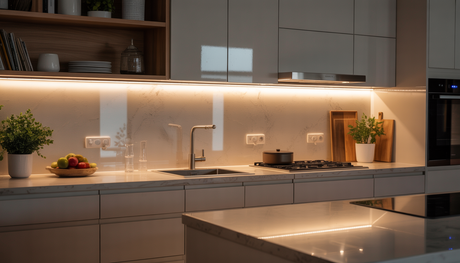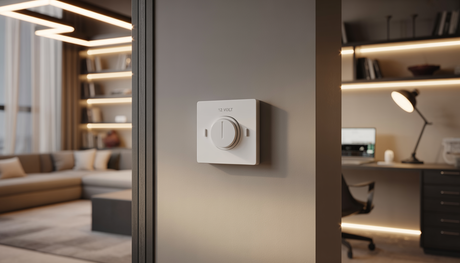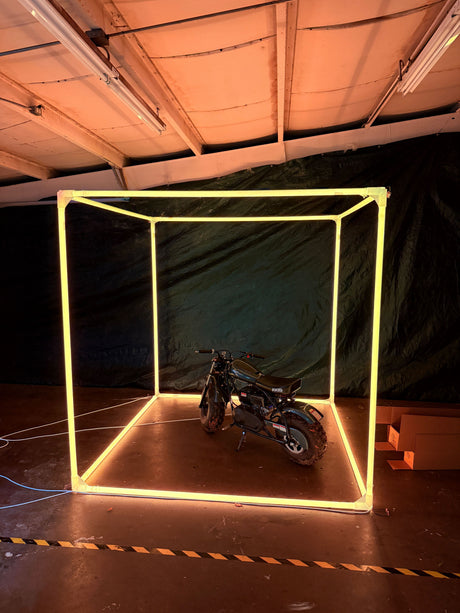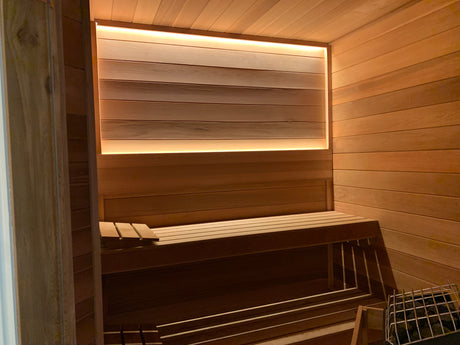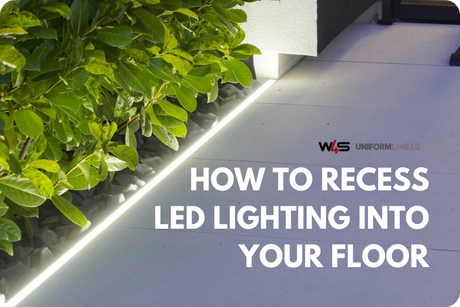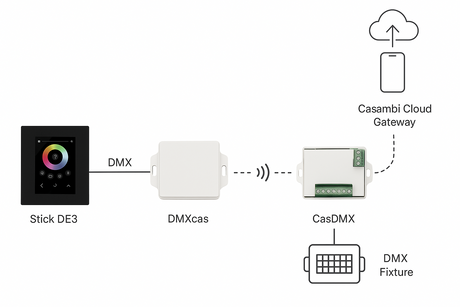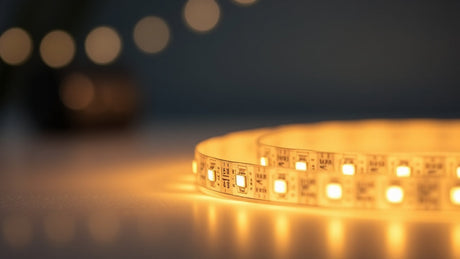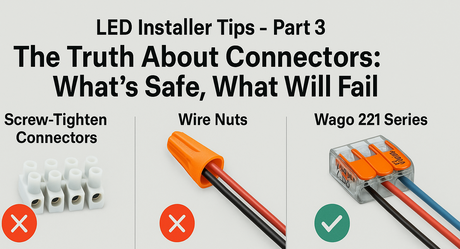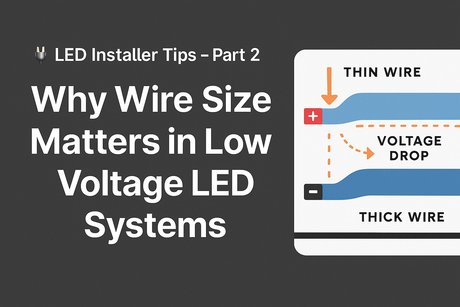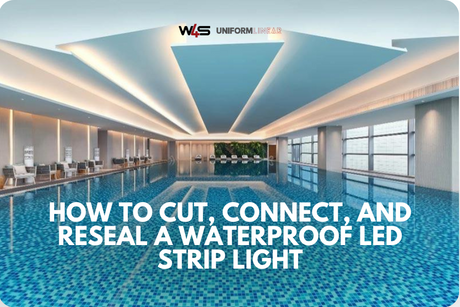The best LED diffusers online
Wired4Signs USA represents some of the top LED diffuser manufacturers. We offer a wide variety of styles to choose from, from simple clear diffusers to flexible waterproof ones for your custom projects.
We stock LED channels and a range of LED diffusers for sale at our warehouse in Knoxville, Tennessee, and we can ship our high-quality products to all parts of the USA.

Round white LED diffuser tube
What are LED diffusers?
Their primary purpose is to evenly distribute the light coming from the LED strips to eliminate reflective hotspots. LED diffuser light panels are typically made of methacrylate, polycarbonate (PC), acrylic (PMMA), or silicone rubber. LED diffusers also help to create a structure that shields the LED chips from sunlight, dust and water.
LED diffusers are offered in a selection of colors and textures to achieve different effects. There are three main optical characteristics of LED diffusers to consider:
-
Color: This primarily affects the look of the lighting fixture when it is off. Common diffuser covers include:
- Transparent or clear LED diffusers offer the highest light output, but unless there is a texture they do not help diffuse the light from individual LED chips.
- Opal diffusers are a translucent white color and offer good light output while doing a good job of diffusing the individual LED spots.
- Black diffusers are a relatively recent innovation where they appear completely black when the LED light source is off and yet light up effectively when the LEDs are illuminated. They also take on the color of RGB strip very well.
-
Texture: This is typically used on transparent diffusers to break up and diffuse the light from individual LED chips. Here are some common diffuser textures:
- Frosted diffusers have a very fine texture applied which is makes them look halfway between a clear diffuser and an opal diffuser.
- Microprism diffusers have tiny pyrimids molded on the surface of the diffuser strip to break up and scatter the LED light. These also help to create a wider beam angle from the luminaire.
- Honeycomb diffusers, as the name implies, have a honeycomb textured pattern applied to the surface which has a similar effect to the microprism diffusers but a slightly different look when they are off.
-
Shape: The light output of the LED fixture can be controlled by the shape of the diffuser that is used. For example:
- Flat diffusers are the most common and these primarily serve just to soften the LED light dots although microprism and honeycomb pattern diffusers do also help spread the light to some extent.
- LED lens diffusers are normally clear with a molded lens profile. These optical diffusers are designed to create a specific beam angle from the fixture and are useful in applications such as LED wall washing.
- Asymmetric lens LED diffusers are also clear molded optical profiles, but are designed to direct the light to one side only. These offset lens diffusers are also good for wall washing or illuminating architectural features.

A selection of diffusers available for our Easy-On XL profiles
Benefits of using our LED diffusers
- They can be used in indoor and outdoor installations, and for flat or curved surfaces.
- Easy installation - our waterproof LED channel diffusers come with all the necessary components for an easy installation, including end caps, easy-on cover, mounting clips, etc.
- Our LED diffuser strip covers come in a variety of sizes, and they can be recessed, surface mounted, or hung from a ceiling.
Why buy LED diffusers from us?
- Our LED aluminum channel and LED diffusers are made in Europe or the USA.
- They are manufactured with high-quality standards in Europe and supplied from our warehouse in the USA.
- We have a wide range of high-quality light fixture components required to assemble a complete LED light strip diffuser kit.
- Many of our LED strip diffusers are available in 3-meter lengths (and longer) to reduce the need for joining, making neat lighting installations an easy process.
- Our agents are experienced and can provide ideas for your custom LED light strip diffuser channel projects.
Further reading: LED strip diffuser comparisons
These technical comparison tests show the differences between diffuser types such as opal and black diffusers, opal and 50%, and opal and clear prismatic lenses.
- LED diffuser comparison test for SL7 profile
- PL55 series diffuser and lens comparison
- SLW10 Opal and 50% Opal lens comparison
In the following comparison video, we use a spectrometer to measure and compare the light output across different LED diffusers. We test four variations – transparent, frosted, opal, and black – against three LED strip densities – 60, 120, and COB – to bring you detailed insights into brightness and light diffusion.
Frequently asked questions
Q: How to cut LED diffusers at home?
A: LED light diffusers can easily be cut using a hacksaw with a fine-cutting blade. If you're trying to figure out how to diffuse LED strips at home, you might find this article helpful: Tips on cutting LED profiles and diffusers.
Q: Where can I buy LED light diffuser kits?
A: We sell our LED profiles separately, because this makes it easy to get the right materials for a very specific DIY LED light diffuser project. You can find all the necessary accessories on each LED profile product page.
Q: What are LED diffusers made of?
A: LED diffusers are commonly made of PMMA - Poly(methyl methacrylate) which is an excellent material that can withstand high temperatures. It can withstand strong ultraviolet sunlight exposure and does not tend to yellow or weather around the edges, and is shatterproof as well. This makes PMMA an ideal material for LED strip light diffusers.
Q: How much does a diffuser reduce the light output of LED strips?
A: It depends on what LED cover diffuser you use, a clear cover can reduce the light output by ~10% while an opal cover can reduce it by ~40%.
